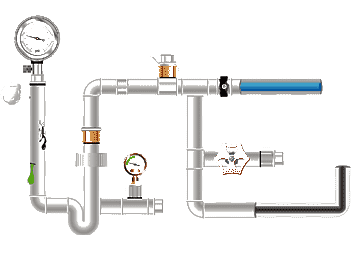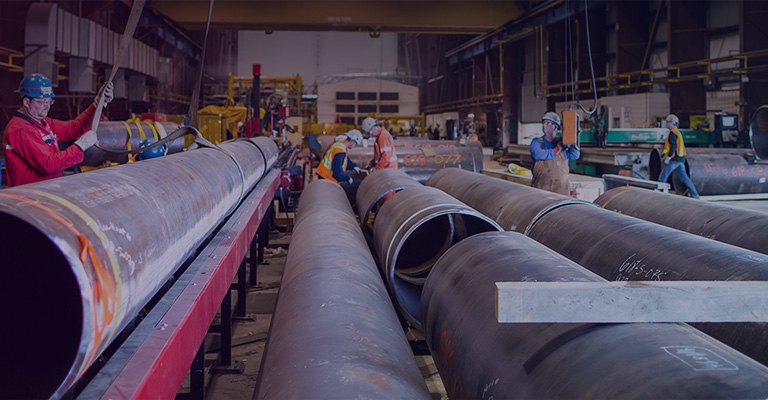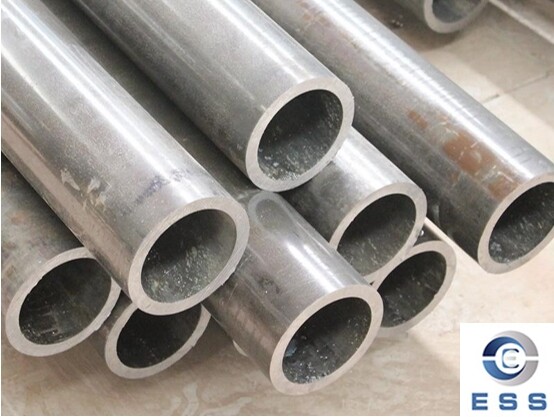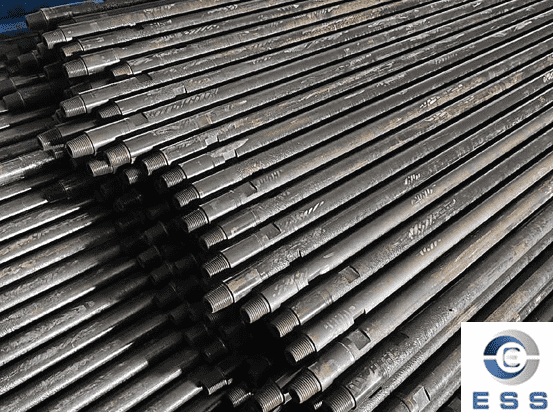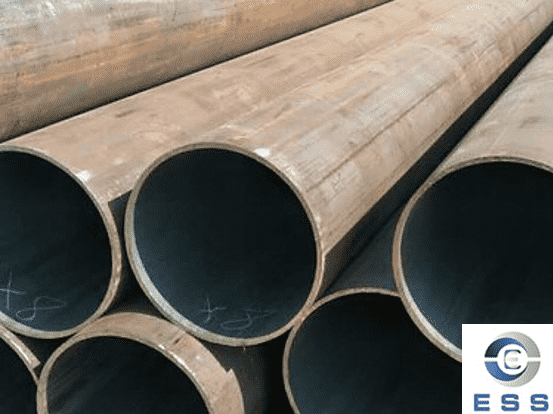If there are some flaws in the seamless steel pipe, it will undoubtedly have a fatal impact on the quality of our products. So how to avoid these shortcomings? Then you need to understand the reasons for these defects.
1. Seamless steel pipe folding
It is a kind of straight line or spiral, continuous or discontinuous state that exists on the outer or inner surface of seamless steel pipe. The main reason for folding is poor quality of the pipe material, folding itself, or inclusions, serious scratches and cracks on the surface, edges and corners in the grinding place, and folding after drawing. In order to avoid folding, the quality of the pipe material should be improved and attention should be paid to inspection and grinding.
2. Seamless steel pipe cracks
Refers to the small cracks on the inner and outer surfaces of seamless steel pipes that are distributed in straight lines or spirals, with a depth of 1 mm or more, and there are continuous and discontinuous. According to the analysis of Shandong Jute Pipe Industry, the reasons are: the hot-rolled billet has subcutaneous bubbles and subcutaneous inclusions, and there are cracks or deep pits on the steel pipe before drawing. During hot rolling or cold drawing operations, Longitudinal scratches or scratches were produced. Preventing the formation of cracks also lies in improving the quality of the tube blank and strengthening the inspection and grinding of the tube material. At the same time, it is necessary to avoid pitting, scratches and scratches on the pipe during the cold drawing production process.
3. Seamless steel pipe scratches
The characteristic of the defect is that there are longitudinally linear scratches of varying lengths on the inner and outer surfaces of the seamless pipe. Most of them are groove-shaped, but they may also be raised stripes. The main reason for the scratches (cutting) is: there are internal markings on the pipe material, which cannot be eliminated during drawing, the iron oxide skin remains on the steel pipe and the mold sticks to the steel, the strength and hardness of the mold are insufficient or uneven, and the mold Fragmentation and wear occur, the hammer head is defective, and the sharp edges and corners of the hammer head transition part damage the mold. In order to prevent scratches and scratches, the quality of each preparation process before drawing should be improved, and molds with high strength and hardness and good smoothness should be used.
4. Seamless steel pipe pits
This is one of the most common surface defects of seamless pipes. Local depressions with different areas are distributed on the surface of the steel pipe. Some of them are distributed periodically and some are irregular. The pits are caused by the iron oxide scale or other hard dirt pressed into the surface of the steel pipe during the drawing or straightening process, or the peeling of the original peeling on the surface of the steel pipe. Shandong Jute Pipe Industry pointed out that the measures to prevent pits are to carefully inspect the pipe material and remove defects such as warping, keep the work site, tools and lubricants clean, and prevent oxide scale and dirt from falling on the surface of the steel pipe.
When there are smooth or sharp spiral marks on the outer surface of the seamless steel pipe, the straightening machine should be checked. Due to the incorrect position of the straightening roller and the incorrect angle, the steel pipe rubbed the shoulders on the edge of the straightening roller during straightening, and there are worn grooves on the straightening roller, and excessive bending at both ends of the steel pipe may appear on the outer surface of the steel pipe. Pits.
5. Seamless steel pipe pitted surface
It is characterized by small pits in flakes and dots on the surface of the steel pipe. The main reason for the pitting surface is pitting corrosion during pickling. After annealing, the oxide scale is too thick and straightened and pressed into the surface of the steel pipe to form a pitted surface; the steel pipe is kept in a humid environment, and even pitted rust occurs after water has entered it. After removing the rust spots Form pitted surface.
6. Seamless steel pipe spots
Since the seamless steel pipe is in contact with water (or water vapor) during processing or storage and has not been treated in time (such as drying), the traces left after the water evaporates are called water spots, such as the contact time with water for a long time, or the water is corrosive Rust spots are formed when the substance is in the material. Water spots generally have no depth, and rust spots often corrode to the surface of the steel pipe, and there will still be pitted surfaces after removal.
7. Seamless steel pipe warped skin
It is characterized in that the inner and outer surfaces of the seamless steel pipe are partially separated from the metal substrate. The individual pieces are lumpy and discontinuous. They take root or do not take root on the pipe wall, but cannot peel off naturally. The reasons are poor steel quality, the existence of subcutaneous bubbles, which are exposed after cold drawing; the warping produced during hot rolling is not removed on the tube billet to cold drawing; the original deep and angular transverse pits on the steel tube After drawing, it forms a warped skin.
8. Seamless steel pipe scars
The inner and outer surfaces of the steel pipe were not removed in time due to defects such as folding and warping. In the subsequent processing, a thin sheet that cannot be separated from the metal substrate was formed. The individual pieces were lumpy, discontinuous, and rooted or not rooted on the pipe wall, but they could not be peeled off naturally. , Called scarring. Surface defects must be checked and removed in time to eliminate scars.









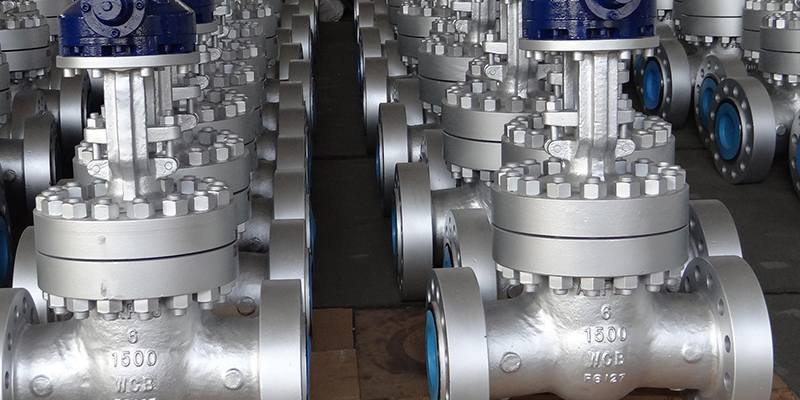
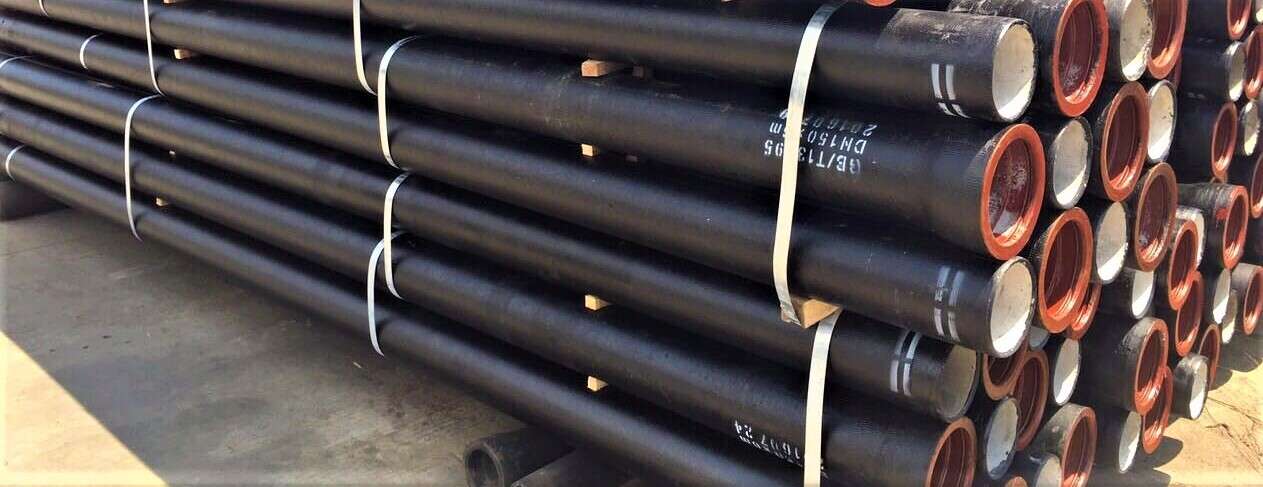


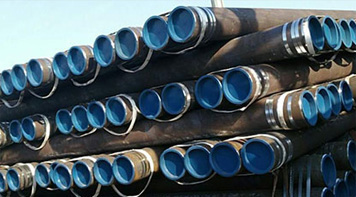 Eastern Steel Manufacturing Co.,Ltd not only improve product production and sales services, but also provide additional value-added services. As long as you need, we can complete your specific needs together.
Eastern Steel Manufacturing Co.,Ltd not only improve product production and sales services, but also provide additional value-added services. As long as you need, we can complete your specific needs together.
